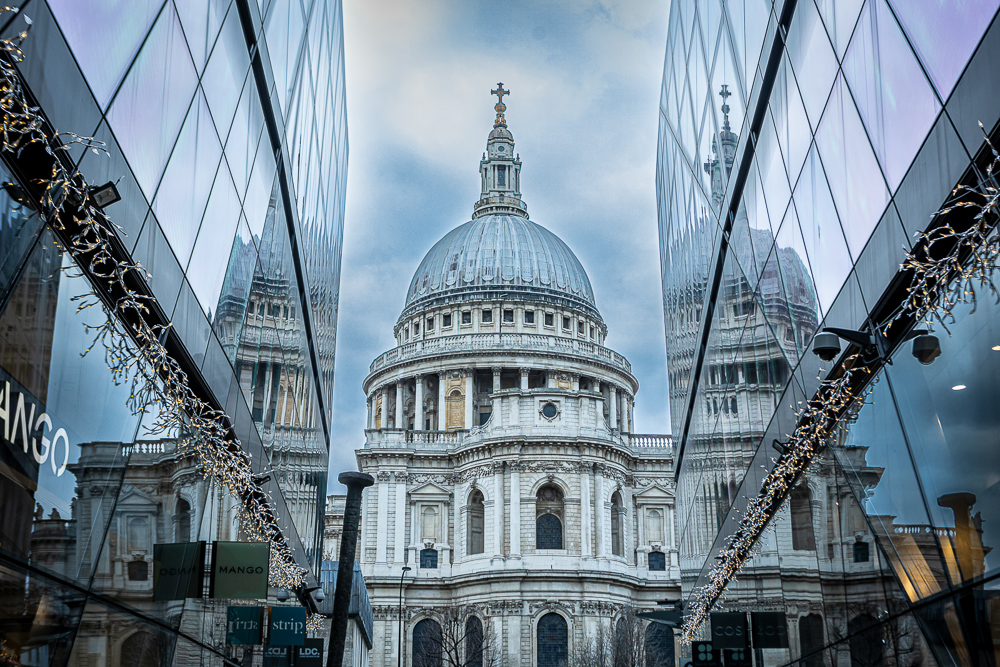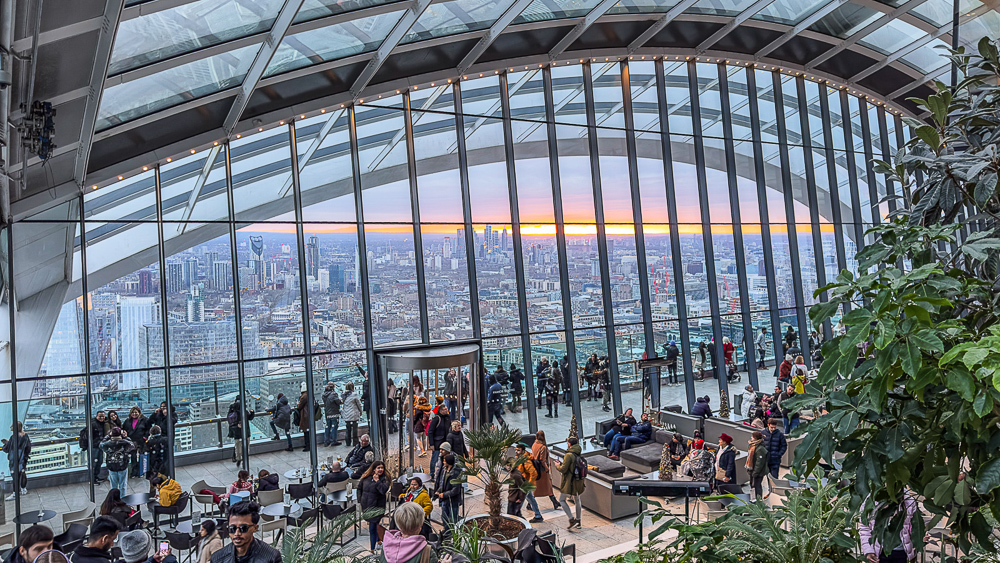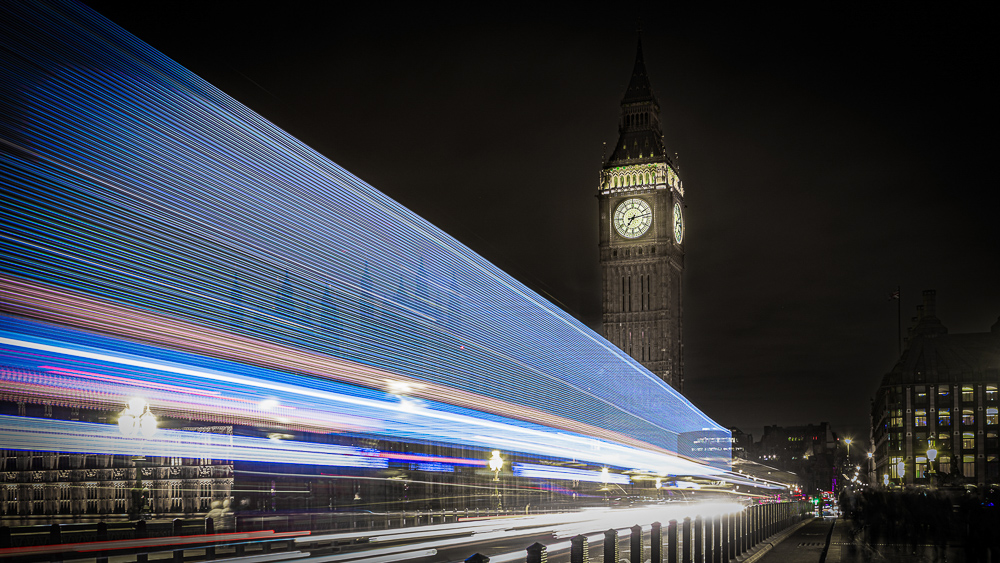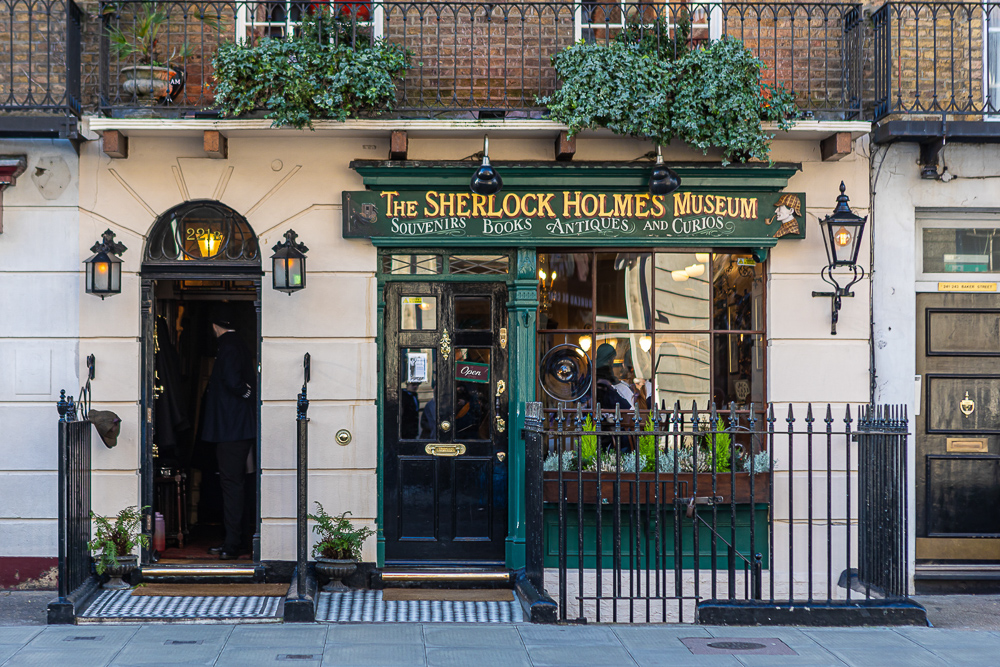
First Trip To London Day Two Daytime
First Trip To London Day Two Daytime First Trip To London photographing was on 7th January 2024 This was the
First Trip To London photographing was on 7th January 2024
This was the First day of Three days.
Abbey Road is a world-famous street located in the borough of Camden in London, England. It is primarily renowned for being the location of Abbey Road Studios, where many iconic music albums were recorded, particularly by The Beatles.
Abbey Road Studios has a long and illustrious history in the music industry. It was originally established in 1931 as a recording studio and has since become one of the most famous and respected studios in the world. Apart from The Beatles, numerous other artists such as Pink Floyd, Adele, and Radiohead have also recorded there.
The street itself gained iconic status with the release of The Beatles’ album titled “Abbey Road” in 1969. The album’s cover features The Beatles walking across the pedestrian zebra crossing outside the studio, which became an iconic image recognized worldwide. To this day, fans and tourists flock to Abbey Road to recreate this famous photo, often causing traffic disruptions as they attempt to emulate the album cover.
In acknowledgement of the iconic status of Abbey Road, the pedestrian crossing was given Grade II listed status as a British heritage site in 2010. This means that it is legally protected and cannot be modified or moved without proper authorization.
Aside from Abbey Road Studios, the surrounding area is a charming residential neighborhood with beautiful Edwardian and Victorian-style houses. It offers a peaceful atmosphere and is popular among visitors who enjoy taking leisurely walks or checking out the various shops and cafes in the area.
In conclusion, Abbey Road in London holds significant cultural importance, primarily due to its association with the famous Abbey Road Studios and The Beatles. Whether you’re a music enthusiast or a tourist seeking to experience a piece of music history, Abbey Road is definitely worth a visit.


221B Baker Street is a fictional address that has become synonymous with the famous detective Sherlock Holmes. In the stories written by Sir Arthur Conan Doyle, Baker Street is the residence of Sherlock Holmes and his loyal assistant Dr. John Watson.
While Baker Street itself is a real street located in the Marylebone district of the City of Westminster in London, the address 211B is fictitious, as there is no such building. The legendary address was created by Conan Doyle when he first introduced the character of Sherlock Holmes in the novel “A Study in Scarlet” published in 1887.
In the original stories, 221B Baker Street was the address of Holmes and Watson’s residence, which is described as an apartment on the first floor of the building. The apartment is depicted as having a study that served as Holmes’ personal domain, where he would solve intricate mysteries with his astute deductive reasoning.
Over the years, the popularity of the Sherlock Holmes stories has led to a significant association between the detective and 221B Baker Street. Today, the address has become iconic and has been adopted by various Sherlock Holmes-related establishments.
One such notable establishment is the Sherlock Holmes Museum, located at 221B Baker Street. Although the museum is not the actual residence of Holmes and Watson, it is designed to resemble their fictional living quarters. Inside, visitors can explore the recreated rooms, filled with Victorian-era furniture and Holmes-related memorabilia, providing a glimpse into the world of Sherlock Holmes.
It is worth noting that while 211B Baker Street does not exist, it is often used in adaptations, parodies, and fan fiction as an alternative to 221B Baker Street. These creative interpretations pay homage to the classic address and the enduring popularity of the Sherlock Holmes stories.

Trafalgar Square is a famous public square located in the heart of London, England. It is known for its iconic landmarks, historical significance, and as a popular gathering place for both locals and tourists.
The square was created in the early 19th century to commemorate the British victory in the Battle of Trafalgar, fought against the French and Spanish navies in 1805. It was designed by architect John Nash and has since become one of London’s most visited attractions.
At the center of Trafalgar Square stands Nelson’s Column, a towering monument dedicated to Admiral Horatio Nelson, who played a crucial role in the Battle of Trafalgar. The column stands at approximately 51 meters (168 feet) tall, and on top of it is a statue of Admiral Nelson looking towards the nearby Houses of Parliament.
Surrounding Nelson’s Column are four grand plinths. One holds the statue of Admiral Nelson, while the other three display statues of significant British figures: King George IV, Major-General Sir Henry Havelock, and General Sir Charles James Napier. The fourth plinth was originally intended to hold a statue but was left empty for many years. It now serves as a platform for contemporary art installations, which change periodically.
Trafalgar Square is encircled by beautiful Georgian architecture and is bordered by notable buildings. The National Gallery, one of the world’s most renowned art museums, stands on the northern side of the square and houses an extensive collection of European paintings. On the southeast corner, you will find Canada House, the High Commission of Canada in the United Kingdom, showcasing Canadian culture.
The square itself is a place of gathering, marked by wide open spaces, fountains, and steps where visitors can sit and enjoy the surroundings. Trafalgar Square is often used for various events, celebrations, and public gatherings, including political demonstrations, cultural festivals, and New Year’s Eve celebrations.
One of the most popular events in Trafalgar Square is the Christmas tree lighting ceremony, where a large Christmas tree, donated by Norway since 1947, is illuminated each year. The square also hosts screenings of sporting events, art installations, and concerts.
In summary, Trafalgar Square is a vibrant and historically significant public square in London. It offers a combination of architectural beauty, cultural landmarks, and a lively atmosphere. It serves as an iconic gathering place and remains an essential part of London’s cultural heritage.


Big Ben is a tower clock located in London, UK. It is located at the north end of the Palace of Westminster in London and is considered one of the most iconic landmarks of the city. The tower stands over 96 meters tall, making it the third tallest free-standing clock tower in the world. It was constructed in 1859 and the clock started ticking in 1860.
The tower houses the great bell of Big Ben, which weighs over 13.5 tons and strikes a deep note every hour. The name Big Ben originally referred to only the bell, but has since become synonymous with the entire tower and clock assembly.
The tower has undergone several renovations over the years, including a major restoration project that began in 2017 was completed in 2021. Despite some temporary closures, visitors can still admire the tower and its impressive architecture from the outside.

The “Walkie Talkie,” officially known as 20 Fenchurch Street, is a distinctive skyscraper located in the City of London, England. Designed by architect Rafael Viñoly, it is known for its unique curved shape and reflective glass façade.
Completed in 2014, the Walkie Talkie stands at a height of 160 meters (525 feet) and has 37 floors. The name “Walkie Talkie” comes from its unusual shape, which resembles a handheld walkie-talkie radio. The building’s distinctive curved profile widens as it rises, creating more floor space for the upper levels.
One of the notable features of the Walkie Talkie is its Sky Garden, a unique public space located on the top three floors. The Sky Garden offers visitors panoramic views of London’s skyline from an indoor garden environment. It features lush vegetation, observation decks, restaurants, and cafes, making it a popular destination for both tourists and locals.
The building gained attention shortly after its completion due to its reflective glass exterior. The curved shape of the glass acted like a concave mirror, reflecting intense sunlight onto the surrounding area. This phenomenon resulted in a localized increase in temperature, causing damage to vehicles and even melting parts of the pavement. Measures were taken to address the issue, including the installation of sun shading devices along the façade.
Beyond its unique appearance, the Walkie Talkie is also home to numerous offices, shops, and restaurants. It has become a significant hub for business and commerce in the heart of the City of London.
The Walkie Talkie’s design and presence have made it one of London’s notable landmarks, contributing to the ever-evolving skyline of the city. Whether appreciating its architectural uniqueness, exploring the Sky Garden, or enjoying the panoramic views, the Walkie Talkie offers a distinct experience within the urban landscape of London.



First Trip To London Day Two Daytime First Trip To London photographing was on 7th January 2024 This was the

First Trip To London Day One Night Time First Trip To London photographing was on 7th January 2024 This was

First Trip To London Day One Daytime First Trip To London photographing was on 7th January 2024 This was the
Lens Legacy © All Rights Reserved.